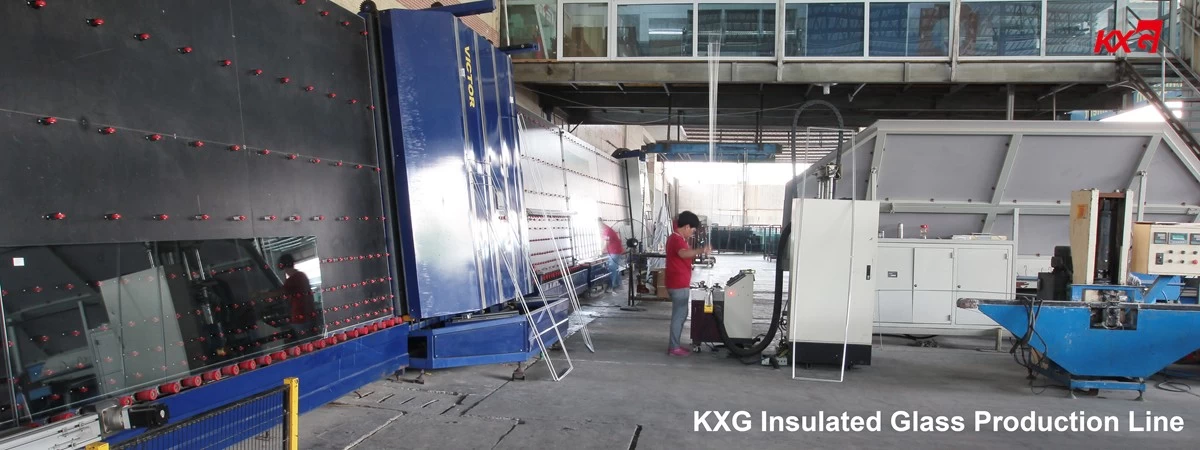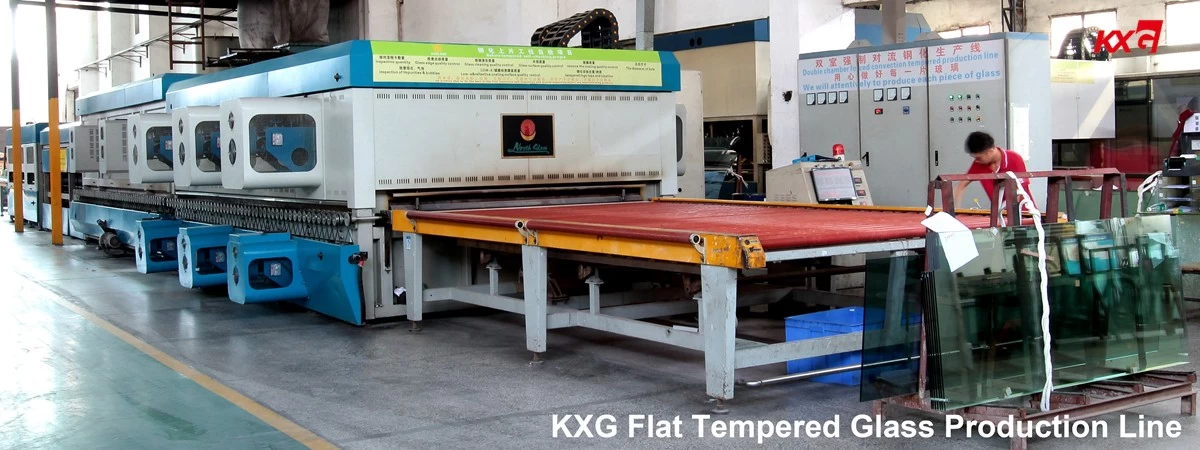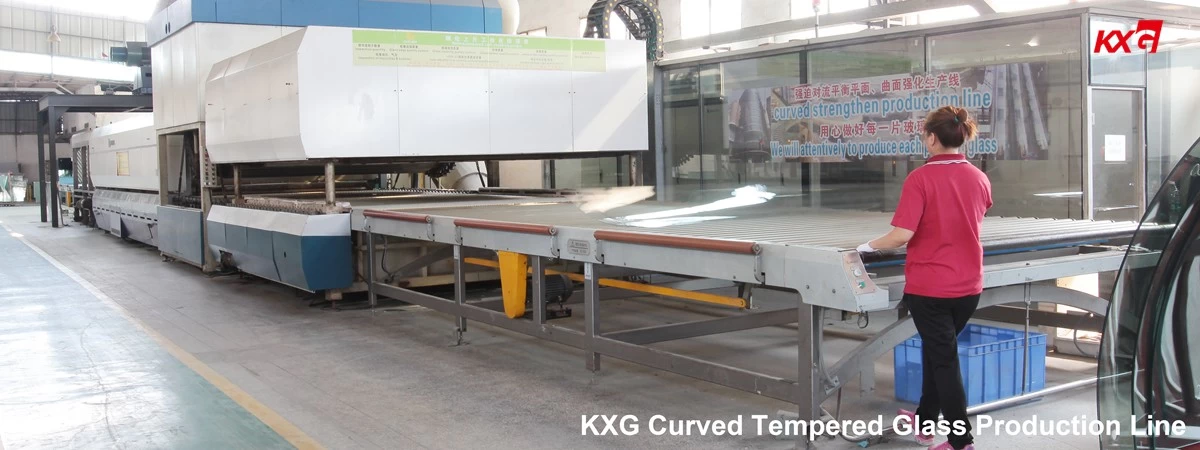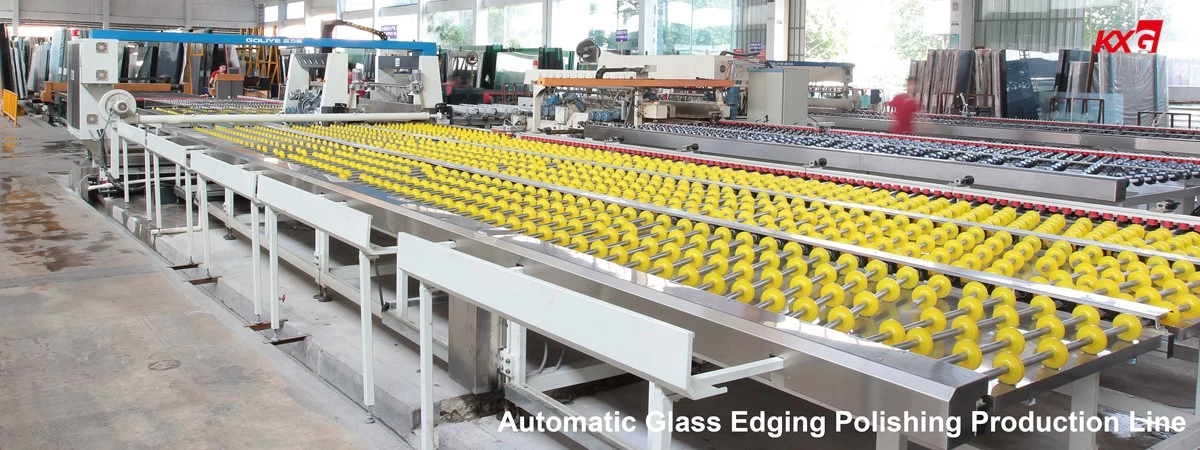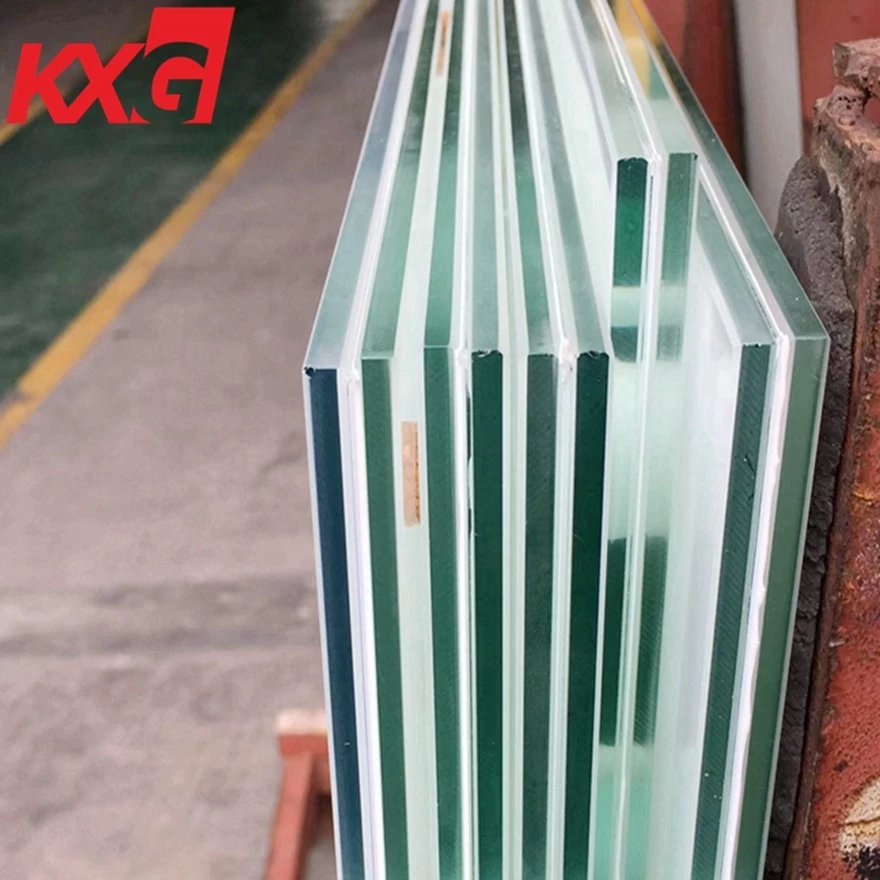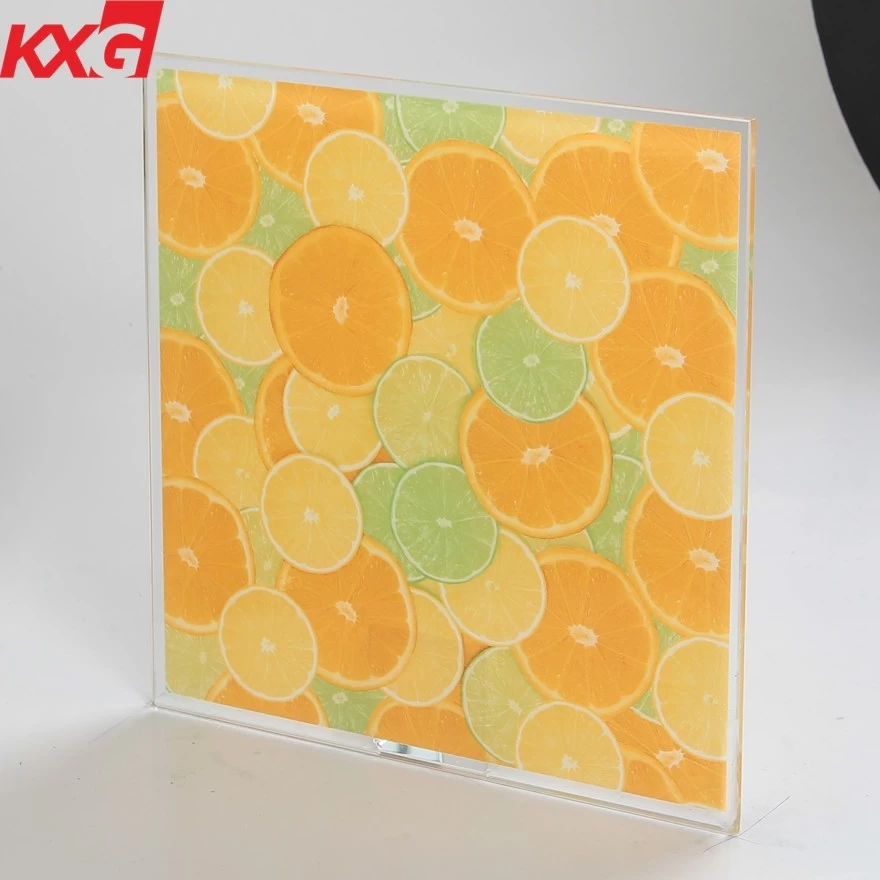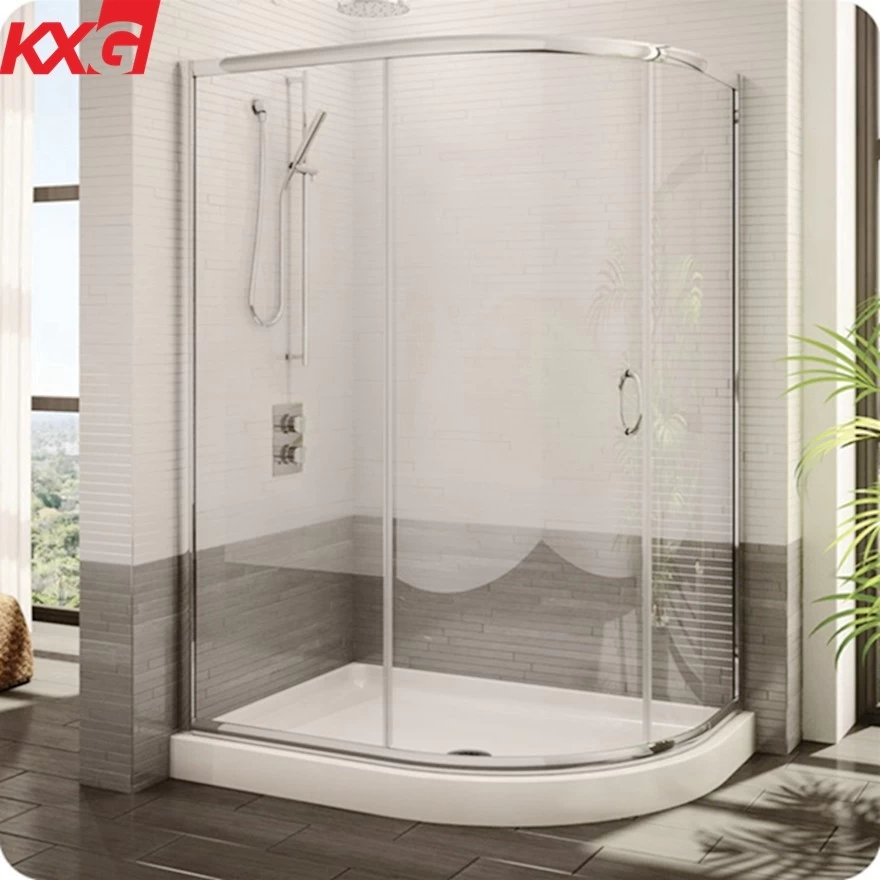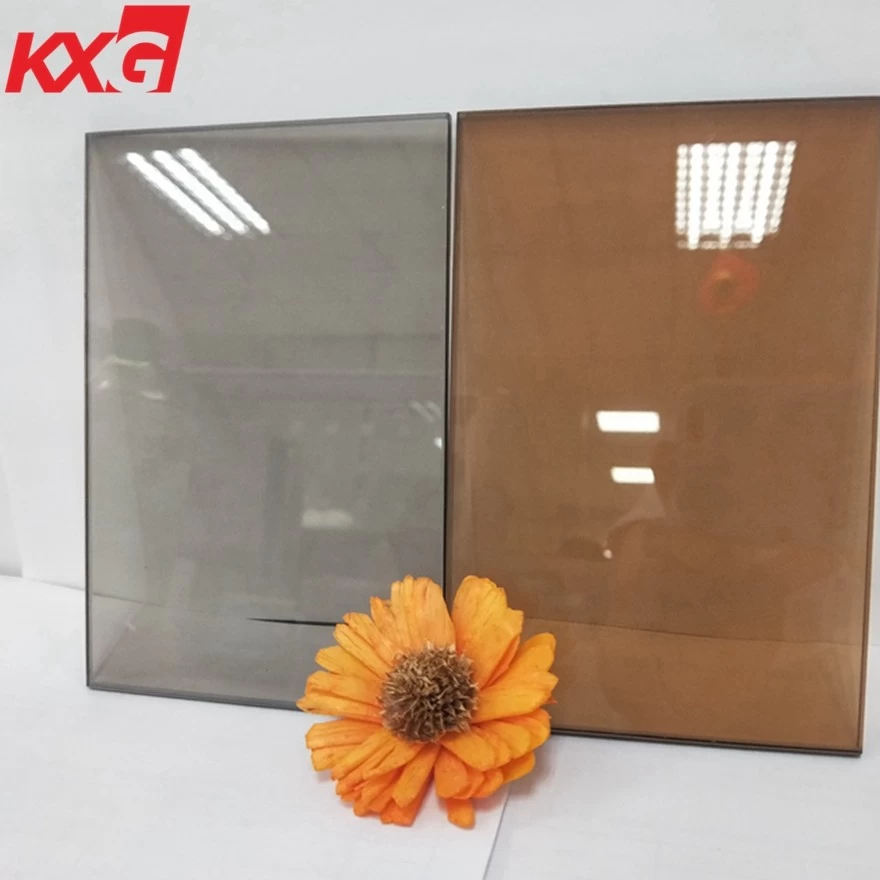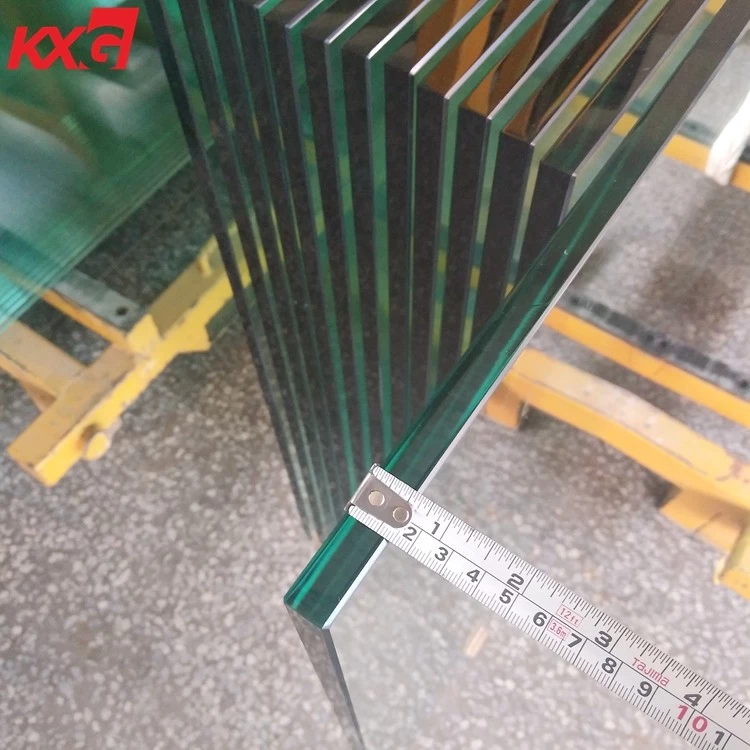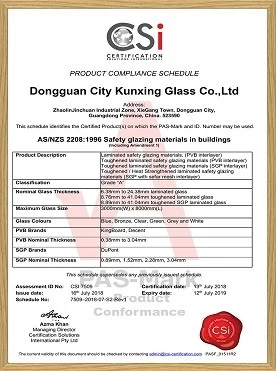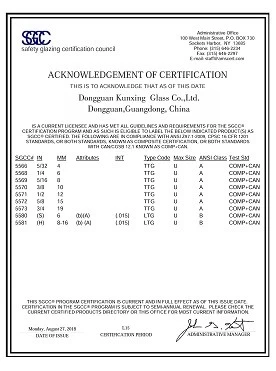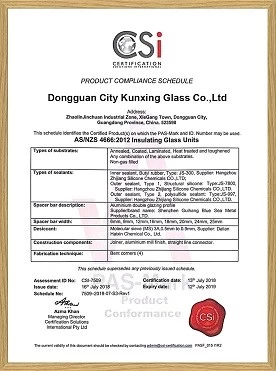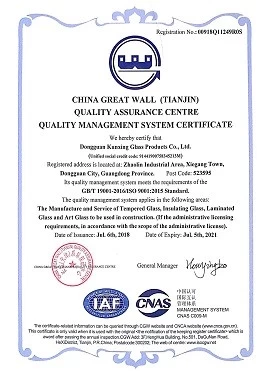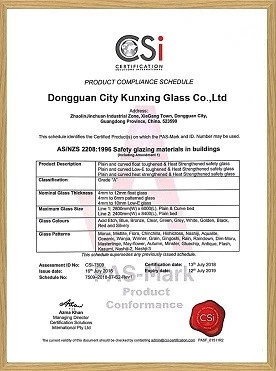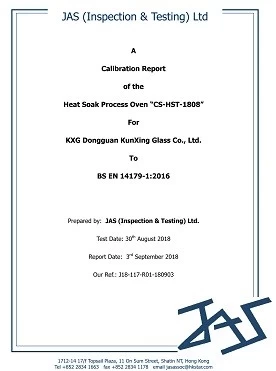Knowledge about glass and heat insulation
What are the main composite products of glass?
There are mainly tempered glass, half-strengthened glass,laminated glass, insulated glass, coating glass, and their different combinations. For example, toughened coated insulating glass, coated laminated insulating glass, etc.
What is the shading coefficient Sc
Which part of the heat transfer does it reflect?
Sun shading coefficient Sc: the ratio of solar radiation energy through the glass to solar radiation energy through 3mm clear glass under the same conditions. The solar radiation energy through 3mm clear glass is 630w/m2.
Shading coefficient Sc = direct solar radiant energy ÷ 630 w/m2 direct solar radiant energy = 630 w/m2×Sc shading coefficient reflects the heat transfer of direct solar radiation through glass.

Is the shading coefficient Sc high or low good?
Different shading coefficients of glass are suitable for different climatic regions. A high shading coefficient allows more solar radiation to enter the room through the glass window, thus reducing the heating cost in winter. This type of glass is suitable for use in northern regions with long winters. Low shading coefficient, good blocking effect on direct solar radiation, which can reduce the direct solar radiation energy entering into the room. This kind of glass is suitable for use in southern regions with long summers.
What is U-value?
It reflects which part of the heat transfer? U value reflects the heat energy transmitted through the glass due to convection conduction, which includes the transfer of heat energy absorbed by the glass and then radiated to the outside. Therefore, the radiance E of the glass is low, and the U value is correspondingly low. Convection conduction heat energy = U value × (T outdoor - T indoor) T outdoor, T indoor are indoor and outdoor temperatures respectively.
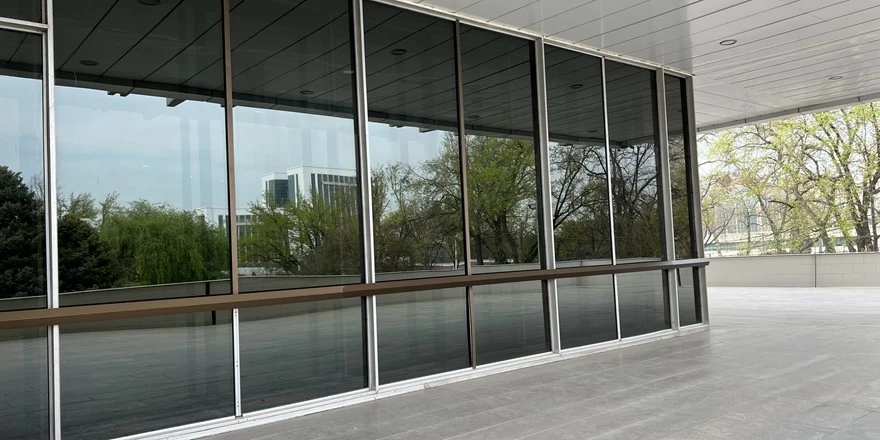
How many components make up the total heat energy transferred through the glass? How is it expressed?
It consists of two parts: direct solar radiation heat transfer and convective conduction heat transfer.
The formula is: Q total = 630 × Sc + U × (T outdoor - T indoor)
What are the components of solar radiation?
It consists of three parts: ultraviolet radiation, with a wavelength range of 0.01 to 0.38 microns; visible light radiation, with a wavelength range of 0.38 to 0.75 microns; and near-infrared radiation, with a wavelength range of 0.75 to 3 microns.
Does far-infrared thermal radiation come directly from the sun?
Far-infrared thermal radiation comes indirectly from the sun. This part of the energy is thermal energy, which is radiated by the sun when it is irradiated on the object, absorbed by the thing, and its wavelength range is distributed in the range of 3 to 40 microns. In summer, the far-infrared thermal radiation emitted by outdoor roads and buildings under sunlight is one of the primary heat sources outdoors.
Is there far-infrared heat radiation indoors?
Yes, indoor far-infrared heat radiation comes from heating, household appliances, furniture, and furnace and the human body after being illuminated by sunshine the main heat source from indoors in winter.
How does far-infrared heat radiation pass through glass?
Far-infrared thermal radiation cannot directly pass through ordinary glass, but can only be absorbed or reflected by glass. After the glass absorbs this part of the energy, the temperature will rise, and this part of the energy will be lost through convection conduction with the air and heat radiation to both sides. So this part of the energy eventually passes through the glass, only by absorbing it first and then radiating through it.
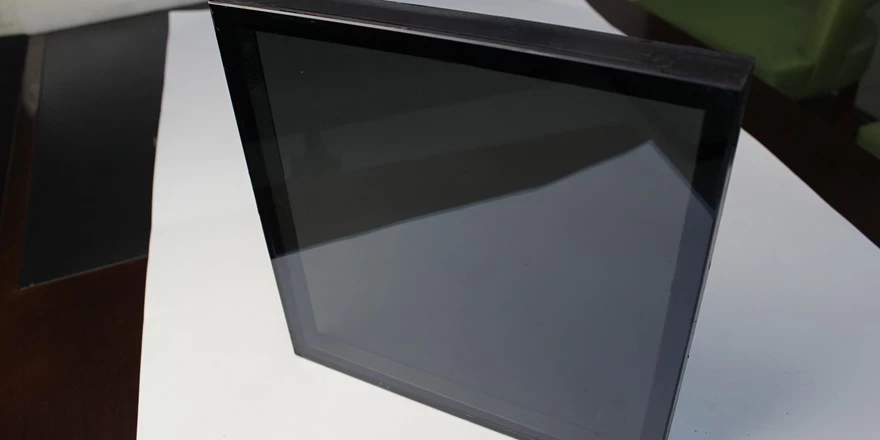
How to distinguish far-infrared thermal radiation and near-infrared radiation?
Near-infrared radiation comes directly from the sun, and its thermal sensation is not obvious, but it can be converted into heat after being absorbed by objects. Far-infrared thermal radiation, as a result of solar energy conversion or human production, is itself heat. Observing the sunlit road in summer, you can see waves of thermal radiation rising from the ground (that is, solar energy is being converted into thermal radiation). In winter, near the heating system in winter, you can directly feel the heat radiation.

